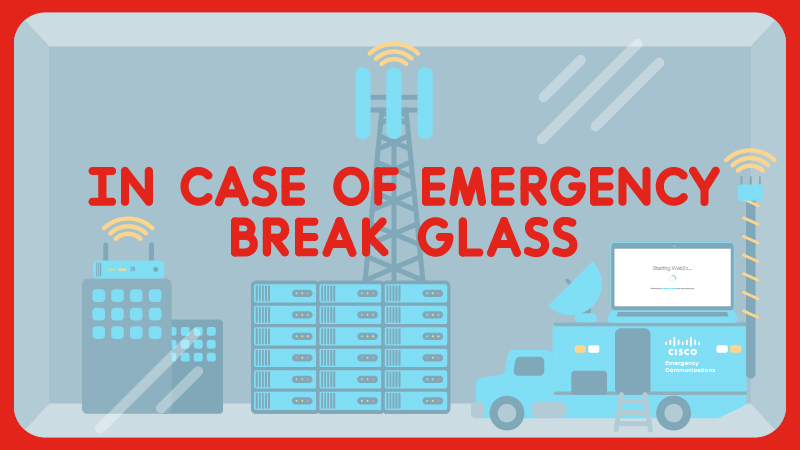Earthquakes, hurricanes, fires, and other natural disasters often happen without warning, and because of that—many companies’ data may be at stake. There is a need for the right protocols and a disaster recovery plan to restore everything—your data, files, and more—after a major disaster.
Building a plan
In terms of creating a disaster recovery plan for a company’s data, many sources encourage businesses to go over their data to see what is mission-critical and what is not. You can decide what data you can lose, and then build resiliency into the mission-critical network segments. Designing and building resiliency for data center, WAN, and cloud depends on the technology and may be maintained by the service provider.
TechTarget writes that as networks move from hardware infrastructure to software, they must use proper network configuration management. This includes an automated backup application for legacy networks—newer architectures can create and store a backup in a centralized location in the cloud. Replacing hardware can happen in two ways, already having a “cold spare” on the shelf that acts as identical hardware, or purchasing hardware replacement after the crisis. Many companies do some combination of the two options.
TacOps delivers communications in disasters
The time during and after a major crisis is a crucial period when people need secure communications, and Cisco knows the importance of on-the-ground communications during emergencies. Cisco Managing Director for the Philippines Ilagan spoke to Digital Filipina about how to prepare a company for disaster.
Ilagan says that disaster risk reduction plans must start with prevention and mitigation, which encourages the continual evaluation of procedures already in place. She continues with preparedness, which includes strong collaboration and partnerships with the local government. Then, disaster response is dependent on uninterrupted communications throughout the network. Cisco Tactical Operations (TacOps) is a group specialized in delivering critical network communications during and after major disasters. Finally, Ilagan says, the recovery period is aided by similar communications technology that help relay data efficiently to the right people.
TacOps is a Cisco Corporate Social Responsibility mission that supports rescue efforts by deploying communications networks. These networks help relief agencies recover communities, and it helps those affected contact their family and friends. Some of their equipment includes rapid response kits, emergency communications kits, and more. Check here to learn more about TacOps tech.
###
We welcome the re-use, republication, and distribution of "The Network" content. Please credit us with the following information: Used with the permission of http://thenetwork.cisco.com/.



